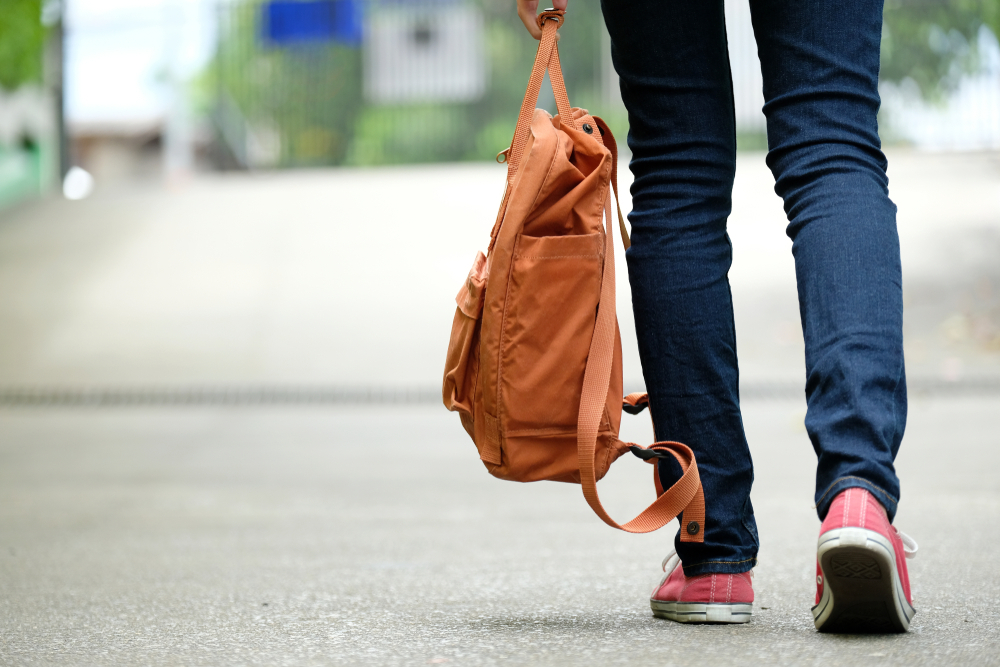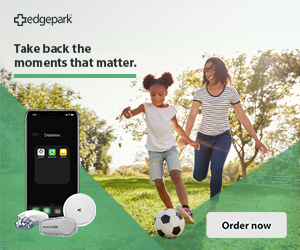Type 1 diabetes and driving: Rules of the road with T1D
Getting a driver's license is one of the great milestones of life, with the feeling of freedom just one DMV appointment away. Answer a few questions correctly, and you're able to get behind the wheel (with a licensed driver in the passenger seat)!
While the independence that driving provides is undoubtedly exciting, safety should always be top of mind. If you live with type 1 diabetes (T1D), you'll need to take a few other considerations into account before hitting the open road. It's important to combine the best practices of both managing type 1 diabetes and driving responsibly when working toward a driver's license.
Being a safe driver is crucial for anyone who has the privilege of getting behind the wheel of a car. The additional safety implications of being a driver with T1D means being extra conscientious when behind the steering wheel.
Rules of the road
With great power also comes great responsibility — especially as a driver with T1D. Here are some general rules and best practices about making responsible choices with type 1 diabetes and driving:
Check your mental (and physical) state before you take a trip. If you're distracted by stressors or not feeling well, you won't be able to put your full focus on the road. For people with T1D, this includes checking to make sure your blood sugar is in a safe and stable range before departing. This can help protect you, your passengers, and everyone around your car throughout your journey.
Do a quick inspection of your car before heading out. Double-check that your mirrors are in the right place, your seat belt is fastened securely, and that you have all of your diabetes management supplies with you in case you need to pull over to check your blood sugar or treat a low.
Eliminate distractions. Keep your music at a reasonable volume and follow your state's laws on phone use. Distracted driving is as dangerous as impaired driving, whether from drinking alcohol or experiencing out-of-range blood glucose levels.
Be prepared for emergencies on the road. Keep items like jumper cables, road flares, a phone charger, and a first aid kit in your car, just in case. In addition, tuck away some diabetes testing supplies and extra snacks in case you get stuck somewhere without your usual equipment.
Utilize technology to enhance your safety. Some cars now have the ability to support safe driving with features like backup cameras, automatic braking systems, and line-crossing alerts. Whether or not you're driving in a vehicle equipped with those features, you can enjoy a heightened sense of safety by opting to wear a continuous glucose monitor (CGM) and/or insulin pump to help make diabetes management easier. Your CGM can alert you if you're trending out of range, giving you the chance to pull over and take your next steps in safety. A closed-loop insulin pump system can help reduce the risk of low blood sugar or extremely high blood sugar while driving by making adjustments to your basal insulin as needed, without your direct input.
When in doubt, pull over. If something doesn't feel right while you're driving, it's always wise to get off the road and regroup (preferably in a safe, well-lit area amongst other people). Waiting to treat a high or low until you reach your destination can be risky — both for you and others on the road.
Call for roadside assistance when you need it. Whether it's a tow truck for a car-related concern or a trusted friend or family member who can help you with a diabetes-related situation, call for help when you could use some. Just make sure you're communicating hands-free (or better yet, not in motion at all) while you use your phone.
Always carry identification. The law requires that you have your driver's license on you when driving. There's no law that requires medical identification, but it's highly recommended. Choose a form of ID (like a bracelet, necklace, small window decal, wallet card, etc.) that can explain to emergency services or a good samaritan that you have T1D, so they can most effectively assist you in the case of an accident.
Embrace the golden rule as a driver with T1D
When living with T1D, managing your condition mainly affects you. But when you get behind the wheel, managing your diabetes means that your choices can impact the safety and well-being of your passengers, other drivers, and pedestrians.
When you effectively balance type 1 diabetes and driving, you can enjoy a heightened sense of confidence and comfort on the road. Hold yourself to the highest standard of safety as a driver with T1D to put out the kind of energy that you'd like to experience on the road!
Looking to access other insights related to living with diabetes and enjoying life to the fullest? Explore the library of informative articles on Health Insights for more actionable advice.




